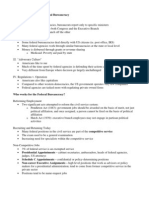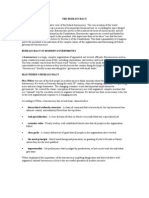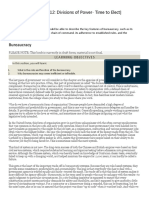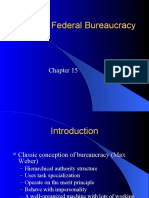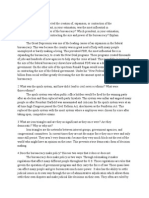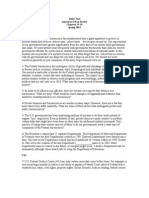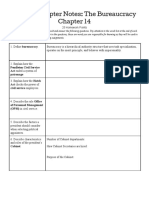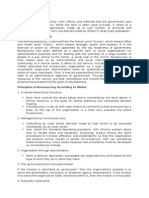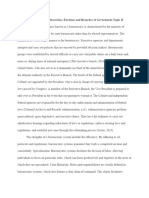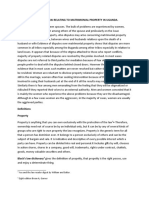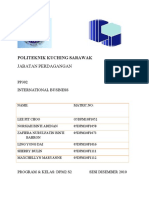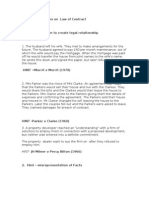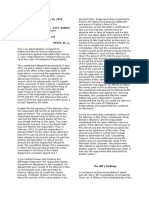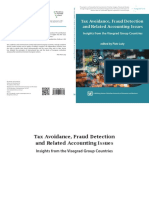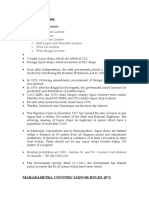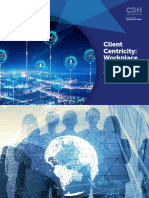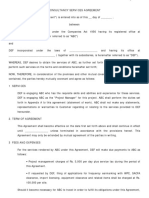100% found this document useful (1 vote)
119 views52 pagesAP Government Chapter 7 Lecture Slides
AP Government Chapter 7 Lecture slides for Stories of Nation
Uploaded by
ChrisCopyright
© © All Rights Reserved
We take content rights seriously. If you suspect this is your content, claim it here.
Available Formats
Download as PDF, TXT or read online on Scribd
100% found this document useful (1 vote)
119 views52 pagesAP Government Chapter 7 Lecture Slides
AP Government Chapter 7 Lecture slides for Stories of Nation
Uploaded by
ChrisCopyright
© © All Rights Reserved
We take content rights seriously. If you suspect this is your content, claim it here.
Available Formats
Download as PDF, TXT or read online on Scribd
/ 52




















